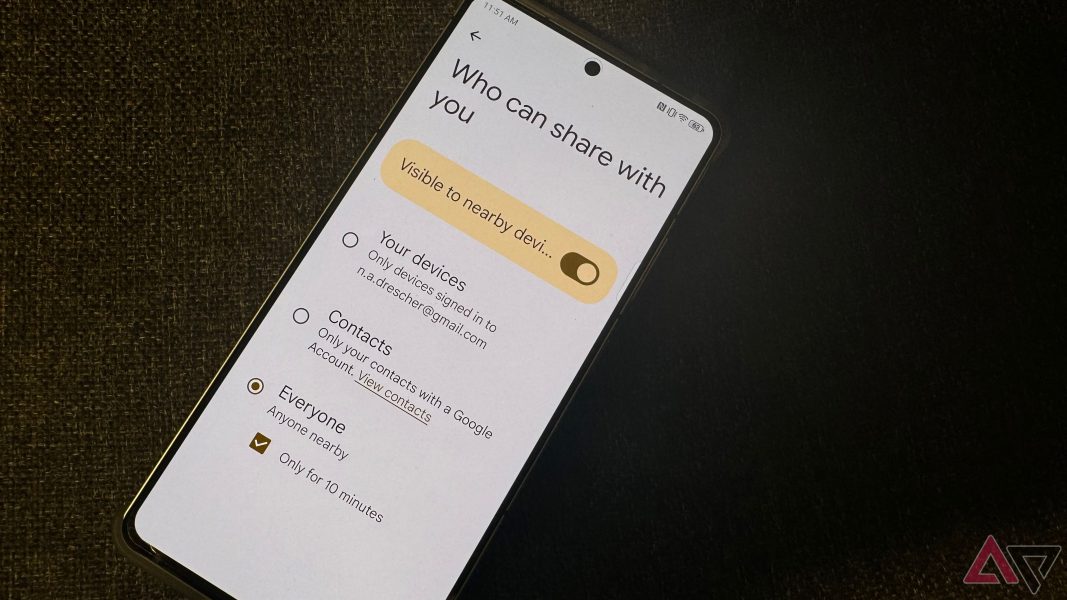Microsoft 365’s VPN feature will be shut off at the end of the month – Ars Technica

The VPN encrypted data on public networks but was missing some common features.
Last month, Microsoft announced that it was increasing the prices for consumer Microsoft 365 plans for the first time since introducing them as Office 365 plans more than a decade ago. Microsoft is using new Copilot-branded generative AI features to justify the price increases, which amount to an extra $3 per month or $30 per year for both individual and family plans.But Microsoft giveth (and chargeth more) and Microsoft taketh away; according to a support page, the company is also removing the “privacy protection” VPN feature from Microsoft 365’s Microsoft Defender app for Windows, macOS, iOS, and Android. Other Defender features, including identity theft protection and anti-malware protection, will continue to be available. Privacy protection will stop functioning on February 28.Microsoft didn’t say exactly why it was removing the feature, but the company implied that not enough people were using the service.”We routinely evaluate the usage and effectiveness of our features. As such, we are removing the privacy protection feature and will invest in new areas that will better align to customer needs,” the support note reads.Cutting features at the same time that you raise prices for the first time ever is not, as they say, a Great Look. But the Defender VPN feature was already a bit limited compared to other dedicated VPN services. It came with a 50GB per user, per month data cap, and it automatically excluded “content heavy traffic from reputable sites” like YouTube, Netflix, Disney+, Amazon Prime, Facebook, Instagram, and Whatsapp.Tech-savvy users who want a VPN for protecting traffic on public networks but who don’t care about connecting to servers in other countries could try to roll their own VPN server at home. I’ve used the PiVPN project to set up a local VPN server using a Raspberry Pi board—it’s based on the WireGuard protocol, which means it has reasonably easy-to-use apps for all the platforms Microsoft is no longer supporting with its VPN, plus Linux. You’d need hardware to run it on, and you’d need to make sure to keep it updated yourself. But it’s a possible low-to-no-cost replacement for people who want basic protection without adding another subscription service to their budget.Microsoft says that no action is required from Windows, macOS, or iOS users of the Microsoft Defender app, but Android users of the VPN feature will need to remove the VPN profile from their devices manually. Microsoft’s support page provides instructions for doing this.Ars Technica has been separating the signal from
the noise for over 25 years. With our unique combination of
technical savvy and wide-ranging interest in the technological arts
and sciences, Ars is the trusted source in a sea of information. After
all, you don’t need to know everything, only what’s important.



